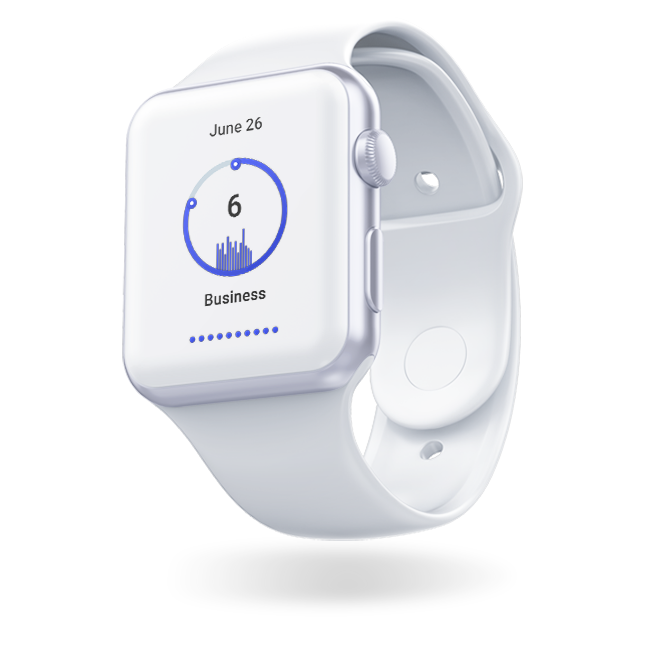Balance Sheet -Tax Consultant | Pretoria | South Africa
Introduction to Balance Sheet
Did you know? You can earn our Financial Statements Certificate of Achievement when you join PRO Plus. To help you master this topic and earn your certificate, you will also receive lifetime access to our premium financial statements materials. These include our video seminar, visual tutorial, flashcards, cheat sheet, quick tests, quick test with coaching, business forms, and more.
The accounting balance sheet is one of the major financial statements used by accountants and business owners. (The other major financial statements are the income statement, statement of cash flows, and statement of stockholders' equity) The balance sheet is also referred to as the statement of financial position.
The balance sheet presents a company's financial position at the end of a specified date. Some describe the balance sheet as a "snapshot" of the company's financial position at a point (a moment or an instant) in time. For example, the amounts reported on a balance sheet dated December 31, 2018 reflect that instant when all the transactions through December 31 have been recorded.
Because the balance sheet informs the reader of a company's financial position as of one moment in time, it allows someone—like a creditor—to see what a company owns as well as what it owes to other parties as of the date indicated in the heading. This is valuable information to the banker who wants to determine whether or not a company qualifies for additional credit or loans. Others who would be interested in the balance sheet include current investors, potential investors, company management, suppliers, some customers, competitors, government agencies, and labor unions.
In Part 1 we will explain the components of the balance sheet and in Part 2 we will present a sample balance sheet. If you are interested in balance sheet analysis, that is included in the Explanation of Financial Ratios.
We will begin our explanation of the accounting balance sheet with its major components, elements, or major categories:
- Assets
- Liabilities
- Owner's (Stockholders') Equity
Effect of Cost Principle and Monetary Unit Assumption
The amounts reported in the asset accounts and on the balance sheet reflect actual costs recorded at the time of a transaction. For example, let's say a company acquires 40 acres of land in the year 1950 at a cost of $20,000. Then, in 1990, it pays $400,000 for an adjacent 40-acre parcel. The company's Land account will show a balance of $420,000 ($20,000 for the first parcel plus $400,000 for the second parcel.). This account balance of $420,000 will appear on today's balance sheet even though these parcels of land have appreciated to a current market value of $3,000,000.
There are two guidelines that oblige the accountant to report $420,000 on the balance sheet rather than the current market value of $3,000,000: (1) the cost principle directs the accountant to report the company's assets at their original historical cost, and (2) the monetary unit assumption directs the accountant to presume the U.S. dollar is stable over time—it is not affected by inflation or deflation. In effect, the accountant is assuming that a 1950 dollar, a 1990 dollar, and a 2018 dollar all have the same purchasing power.
The cost principle and monetary unit assumption may also mean that some very valuable resources will not be reported on the balance sheet. A company's team of brilliant scientists will not be listed as an asset on the company's balance sheet, because (a) the company did not purchase the team in a transaction (cost principle) and (b) it's impossible for accountants to know how to put a dollar value on the team (monetary unit assumption).
Coca-Cola's logo, Nike's logo, and the trade names for most consumer products companies are likely to be their most valuable assets. If those names and logos were developed internally, it is reasonable that they will not appear on the company balance sheet. If, however, a company should purchase a product name and logo from another company, that cost will appear as an asset on the balance sheet of the acquiring company.
Remember, accounting principles and guidelines place some limitations on what is reported as an asset on the company's balance sheet.
Effect of Conservatism
While the cost principle and monetary unit assumption generally prevent assets from being reported on the balance sheet at an amount greater than cost, conservatism will result in some assets being reported at less than cost. For example, assume the cost of a company's inventory was $30,000, but now the current cost of the same items in inventory has dropped to $27,000. The conservatism guideline instructs the company to report Inventory on its balance sheet at $27,000. The $3,000 difference is reported immediately as a loss on the company's income statement.

